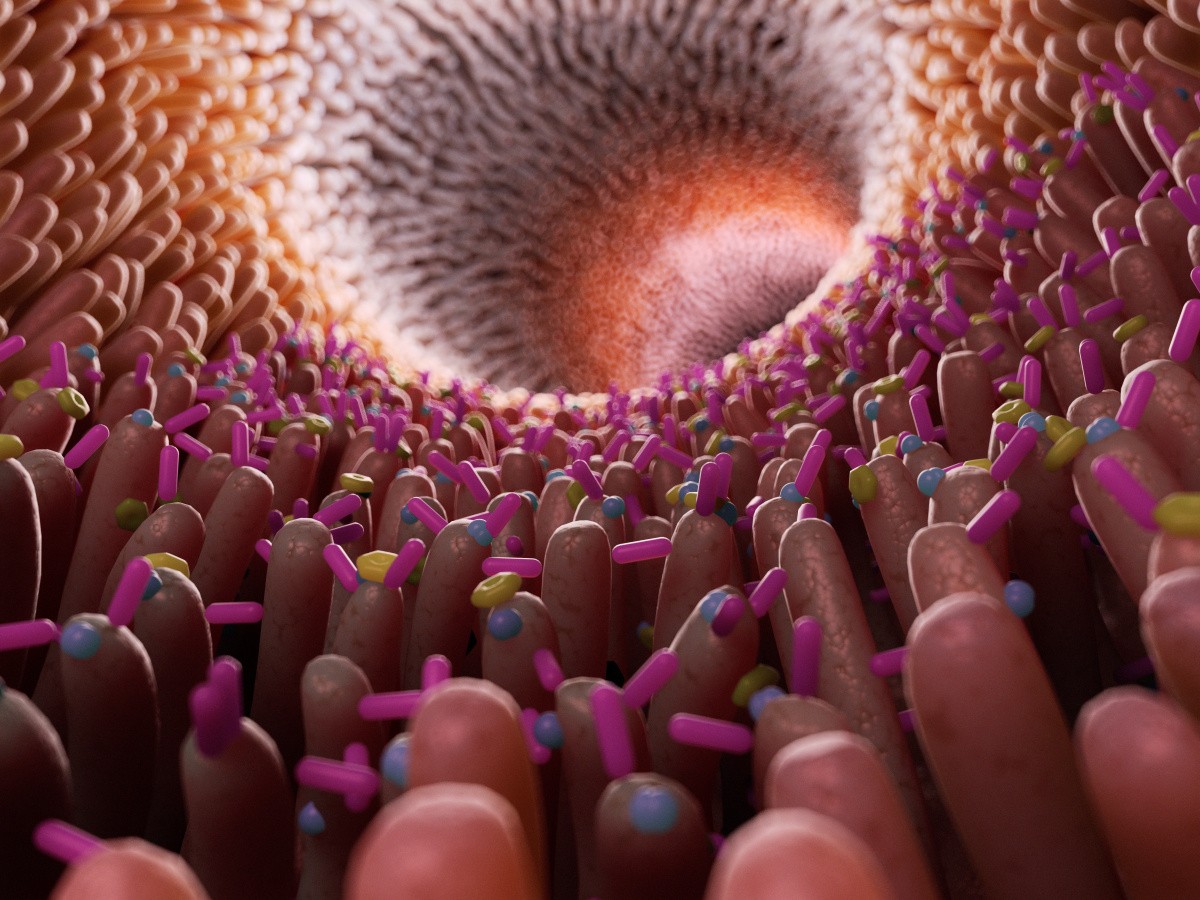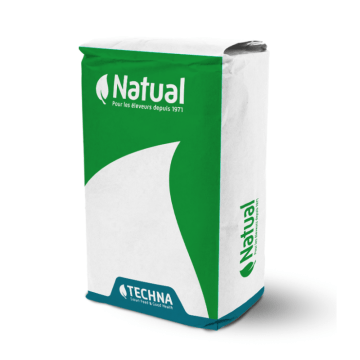The fact that ruminants live in coexistence with parasites is normal as parasites naturally belong to their environment. The balance between a host and its parasites reflects the actual opposition between a herd and its parasitic environment. Paradoxically, the upkeep of this relationship is indispensable to the optimal expression of these animals' performance. Disrupting this balance could lead, at best, to decreasing the efficiency of the diet, and at worst, to mortalities. The application of a sustainable approach can help to establish an effective immunity. It also results in shaping an environment that becomes hostile to parasites. This seems easy in theory, yet how can we implement it in practice?
Appetite and weight loss, intestinal disorders... Parasitic infestations in cattle, goats and sheep can lead to serious issues in the event that parasites proliferate. The obvious signs of their invasion range from a mere drop in production to the appearance of genuine pathological diseases. As an example, growth losses in cattle fluctuate between 80-150 g of average daily gain (ADG) for young adults; their daily milk production can drop from 0.5 to 2 litres of milk.



